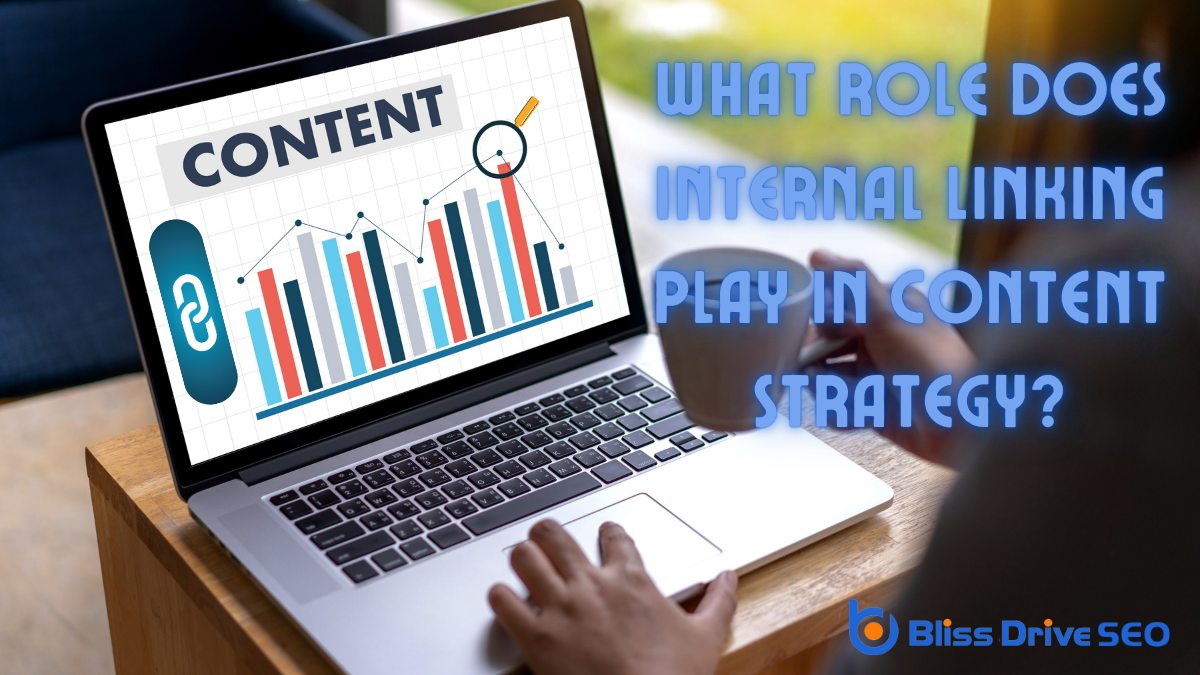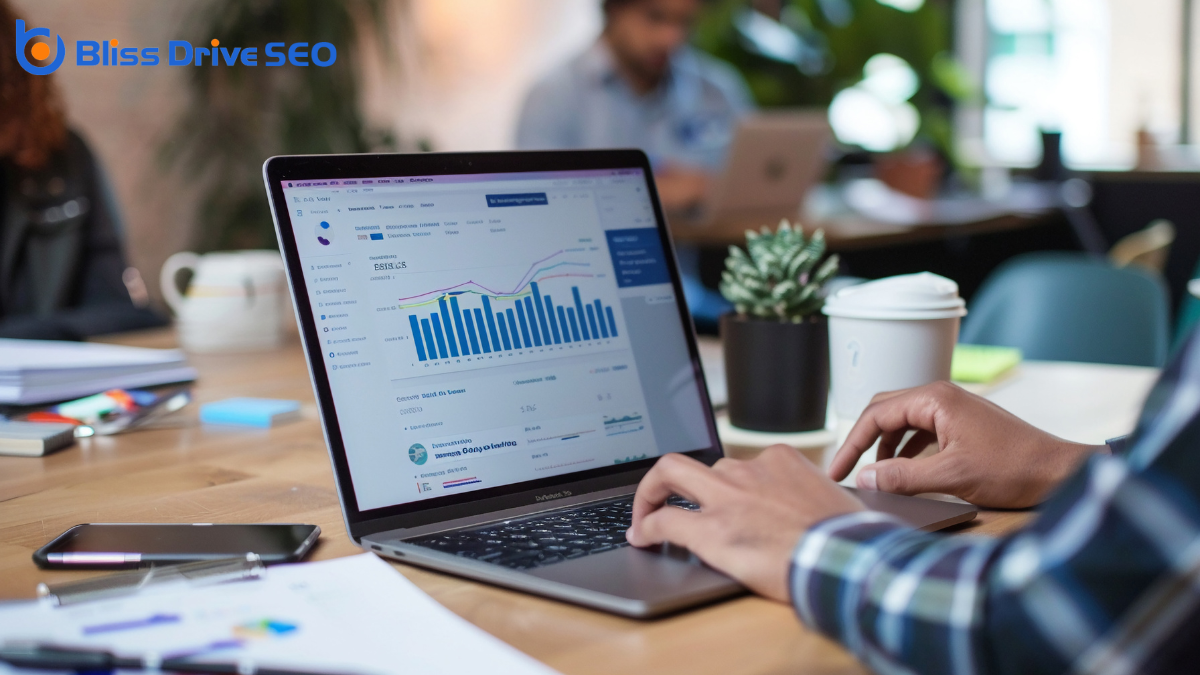Digital Marketing Services
Learn More About Us

When considering content strategyA plan for creating, publishing, and managing content to meet business goals., you might wonder about the impact of internal linkingLinks that connect different pages on the same website.. It's not just about connecting pages; it's about guiding visitors smoothly through your site and enhancing their experience. By optimizing these links, you can boost SEO and improve your site's authority. But how exactly does this work, and what are the best practices? There's more to uncover about how internal linking can transform your content approach.
When you strategically use internal linking, you greatly enhance user navigation and experience on your website. By connecting related content, you help visitors easily find the information they need without having to dig through multiple pages. This seamless navigation keeps users engaged and encourages them to explore more of your content.
Think of internal links as signposts guiding your audience through your website. They reduce frustration and make your site more intuitive. Users appreciate when you anticipate their needs by providing relevant links that enrich their journey and understanding of your content.
Additionally, internal links allow users to discover older, valuable posts they might've missed otherwise. This not only improves their experience but also increases the chances they'll return to your site, fostering loyalty.

By incorporating internal linking into your content strategy, you not only enhance navigation but also boost your site's SEO and page authority.
When search engines crawl your site, they follow internal links to understand the hierarchy and relationship between pages. This helps them index your content more effectively, improving your site's visibility in search results.
Internal links distribute link equity, which contributes to page authority, across your website. By strategically linking to key pages, you signal their importance to search engines, potentially improving their ranking.
Additionally, internal links keep users engaged, decreasing bounce rates, and increasing time spent on your site. These factors combined can greatly enhance your SEO efforts, helping your content reach a wider audience and achieve better search engine performance.
To enhance your site's visibility, structuring content for better indexing is essential. Start by organizing your content with clear, logical headings and subheadings. This helps search engines understand your content's hierarchy and relevance.
Use descriptive, keyword-rich titles and meta descriptions to give clarity to both users and search engines.
Implement internal links to connect related content, guiding crawlers through your site efficiently. This not only helps search engines index your site thoroughly but also keeps users engaged by providing additional, relevant information.
Make sure your URLs are clean and descriptive; avoid long strings of numbers or irrelevant characters.
Keep your content fresh and up-to-date. Regularly updating your pages signals to search engines that your site is active and worth indexing.
Although a well-structured website is essential, ensuring content discoverability is equally important for driving traffic and engagementThe interactions that users have with a brand’s content on social media.. By strategically placing internal links, you guide visitors to related topics, engrossing their interest and encouraging them to explore further. This not only keeps users on your site longer but also helps them find the exact information they're seeking.
Internal links act like a roadmap, leading users from one valuable piece of content to another. They help avoid dead ends, reducing bounce rates and enhancing the overall user experience.
When you effectively interconnect your content, you empower visitors to uncover hidden gems within your site, which they might've otherwise missed. Ultimately, this boosts your site's authority and strengthens your audience's trust in your content.

Building on the importance of content discoverability, implementing effective internal linking practices becomes your next focus. By doing so, you enhance user experience and boost your site's SEO.
Start with a strategic approach:
Incorporating internal linking into your content strategy is vital for improving user navigation and enhancing their experience. You'll boost your SEO efforts and strengthen page authority by helping search engines better understand your site's structure. Properly linking content guarantees your pages are indexed effectively, making them more discoverable. By implementing effective internal linking practices, you'll reduce bounce rates and encourage users to explore further, ultimately driving greater engagement and building trust in your content.
